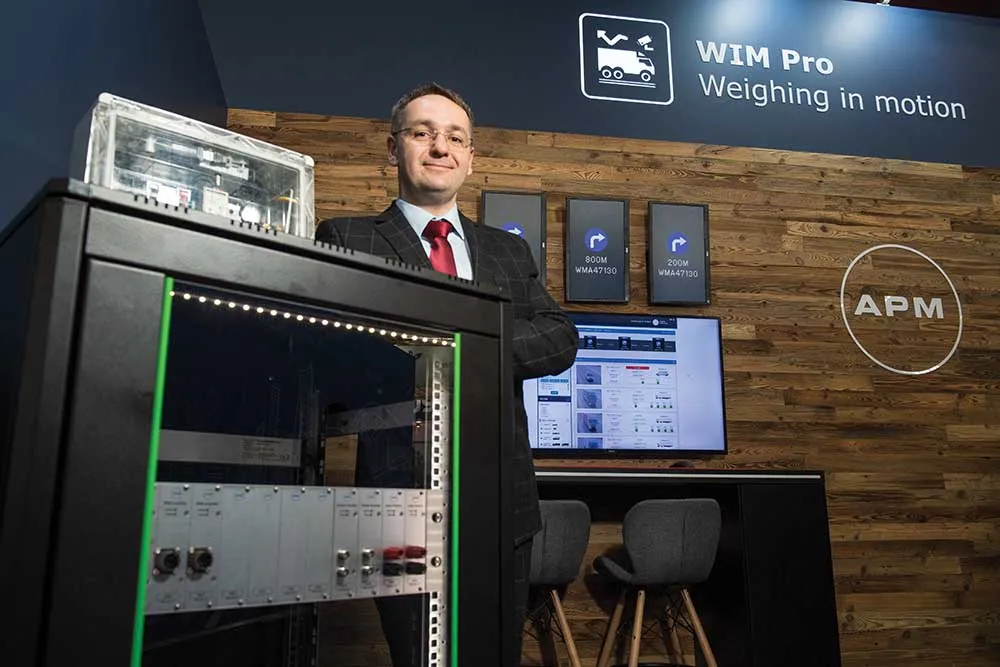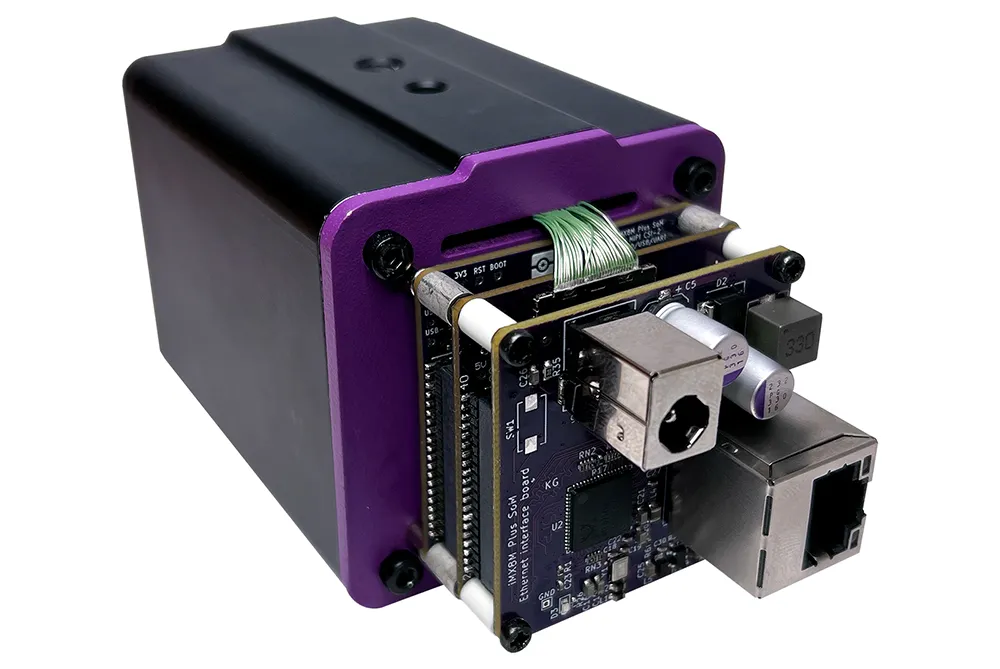A new radio from Banner Engineering combines wireless transceiver, power supply and I/O circuits in one compact housing. The DX80DR MultiHop Radio connects sensors directly to the network, eliminating need for data loggers, power supplies, PLCs or HMIs at the sensor location. The MultiHop system automatically repeats wireless messages as needed to extend distance capability to 20 km or more. Radios can be powered by 10-30 VDC, battery or solar power supply.
January 31, 2012
Read time: 1 min

A new radio from 3776 Banner Engineering combines wireless transceiver, power supply and I/O circuits in one compact housing.
The DX80DR MultiHop Radio connects sensors directly to the network, eliminating need for data loggers, power supplies, PLCs or HMIs at the sensor location. The MultiHop system automatically repeats wireless messages as needed to extend distance capability to 20 km or more.
Radios can be powered by 10-30 VDC, battery or solar power supply.
The DX80DR MultiHop Radio connects sensors directly to the network, eliminating need for data loggers, power supplies, PLCs or HMIs at the sensor location. The MultiHop system automatically repeats wireless messages as needed to extend distance capability to 20 km or more.
Radios can be powered by 10-30 VDC, battery or solar power supply.









